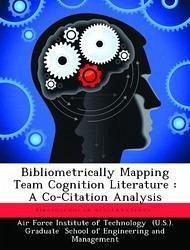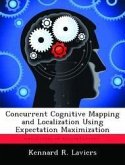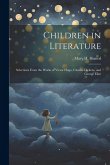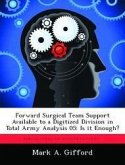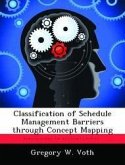Researchers investigating team cognition must source and review a challenging set of relevant, mature literature from a diverse array of academic disciplines. Such disciplines may include psychology, management, information science, military science, anthropology, and nursing science to name a few. This thesis summarized an effort to bibliometrically map team cognition literature using a co-citation analysis methodology. The work involved a traditional literature review identifying key authors publishing in peer reviewed journals. These authors were solicited to provide their own listings of key researchers which in-turn were used in conjunction with the Social Sciences Citation Index (SSCI) to construct a co-citation matrix of authors. Using factor analysis and multi-dimensional analysis techniques, visual maps were constructed that will highlight the seminality and influence of specific authors, relationships between authors, as well as branching and relationships of sub-domains in the literature over time. The goals of the research were 1) to provide team cognition researchers with a tool they can use to better inform their efforts and 2) to provide an explicit mapping of where the field has been and what new directions may be emerging.
Hinweis: Dieser Artikel kann nur an eine deutsche Lieferadresse ausgeliefert werden.
Hinweis: Dieser Artikel kann nur an eine deutsche Lieferadresse ausgeliefert werden.

